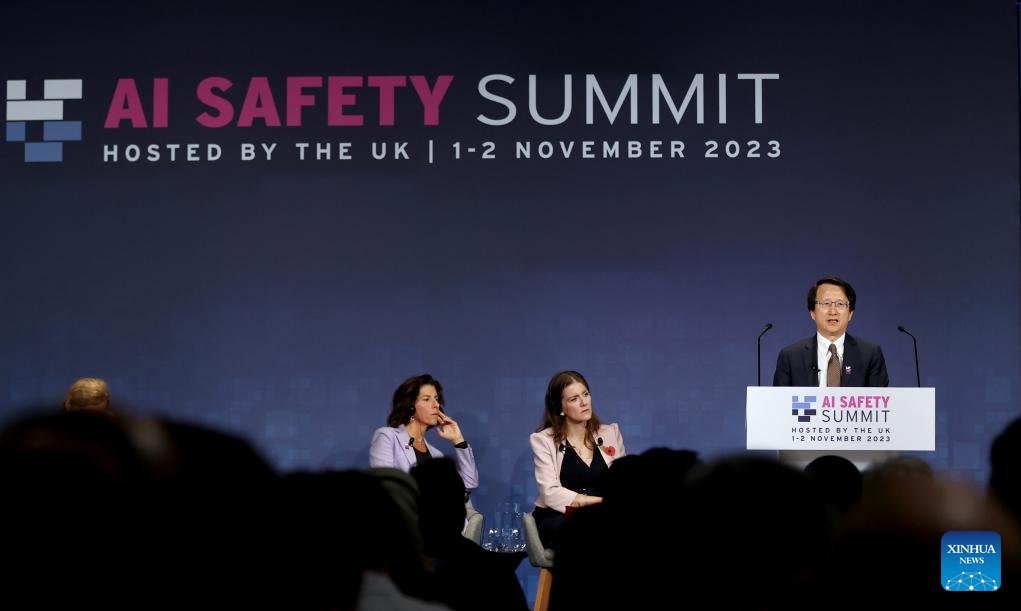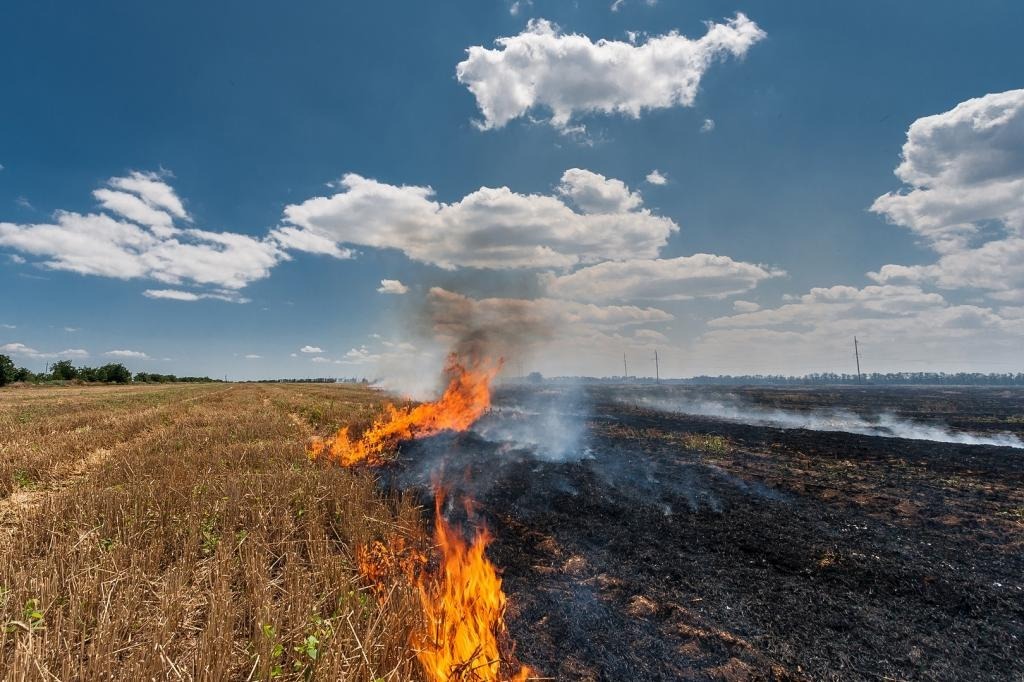The Hindu Analysis
Video
Read Analysis


Headlines
- Mizoram, Chhattisgarh record over 70% polling - Page No.1, GS 2
- Zika virus - Page No.6, GS 2
- The problem with the '70 hours a week' line - Page No.8 , GS 3
- IT Ministry issues warning to social media sites on deepfakes - Page No.14, GS 2
- WHO Global Report - Page No.14, GS 2
- SC directs Punjab and neighbouring States to stop stubble burning Page No.14, GS 3
Mizoram, Chhattisgarh record over 70% polling - Page No.1, GS 2

- Mizoram registers 76% polling; Chhattisgarh brings in 71% in 20 seats; 3 security personnel injured in bomb blast and gun battle as all 12 Assembly seats in Maoist- affected Bastar vote in first phase
- In 2023, EC will launch the new version of Systematic Voters' Education and Electoral Participation (SVEEP), which will target young voters in educational institutions besides voters in corporate offices.
- SVEEP is the flagship program of the EC launched in 2009 for voter education, spreading voter awareness and promoting voter literacy in India.
- SVEEP's primary goal is to build a truly participative democracy in India by encouraging all eligible citizens to vote and make an informed decision during the elections.
- The programme is based on multiple general as well as targeted intrventions.
- These interventions are designed according to the socio-economic, cultural and demographic profile of the state as well as the history of electoral participation in previous rounds of elections and learning thereof.
Mains Question:
In recent years, voters' turnout in elections is steadily increasing. Discuss the significance and reasons for this increasing turnout.
In recent years, voters' turnout in elections is steadily increasing. Discuss the significance and reasons for this increasing turnout.
Zika virus - Page No.6, GS 2

- The dengue virus and its equally infamous cousin, the Zika virus, together infect up to around 400 million people every year.
- The Zika virus is a mosquito-borne flavivirus. Most infections in humans are asymptomatic or with mild symptoms, including fever, rash, and joint pain.
- From Africa, the Zika virus has spread to Asia, Pacific islands, to the Americas, and beyond.
- Researchers isolated the virus in 1947 from monkeys from the Zika forest in Uganda.
- The first human cases were detected in 1952 in Uganda and Tanzania. There have since been multiple outbreaks around the world, but largely confined to the tropics.
- As climate change helps drive the spread of vector borne diseases, and global warming brings environmental conditions that favour them to new places, our genomic technologies and such deep insights into the molecular pathogenesis of these viruses will be an important guiding light. Transmission
- It is primarily transmitted to humans through the bite of infected Aedes mosquitoes, particularly Aedes aegypti and Aedes albopictus.
- It can also spread through sexual contact, blood transfusion, and from an infected mother to her baby during pregnancy or childbirth. Symptoms
- Many people infected with this virus do not experience any symptoms (asymptomatic)
- When symptoms do occur, they are often mild and include fever, rash, joint pain, muscle pain, headache, and red eyes (conjunctivitis).
- Symptoms typically appear two to seven days after being bitten by an infected mosquito and can last for several days to a week. What are the complications?
- This virus infection is usually mild, it can have serious consequences for pregnant women and their babies,
- Infection during pregnancy can lead to birth defects such as microcephaly, as well as other neurological disorders in the baby.
- It has also been linked to Guillain-Barré syndrome, a rare autoimmune disorder that can lead to muscle weakness and paralysis.
- Treatment: There is no specific treatment available for Zika virus infection or disease. Microcephaly
- It is a birth defect where a baby's head is smaller than expected when compared to babies of the same sex and age. Babies with microcephaly often have smaller brains that might not have developed properly.
The problem with the '70 hours a week' line - Page No.8 , GS 3

- First, Mr. Narayana Murthy made a factually incorrect statement that extended working hours helped advanced countries such as Germany and Japan to succeed.
- Second, he placed the burden of increasing productivity on the shoulders of workers, when the reality is that they have underinvested in innovation, the critical foctor for raising productivity.
- Third, Mr. Narayana Murthy's 70-hour week proposal violates international labour standards (ILS), the International Labour Organization's (ILO) Decent Work Agenda and its Fundamental Conventions that lay down the working hours in order to ensure that women and men get decent and productive work.
- In fact, in more productive economies, workers work less, while in the less productive poorer economies, workers have to work more to compensate for lower productivity.
- In this context, the ILO has reminded us ("Working Time and Work-Life Balance Around the World") that "working hours and the organization of work and rest periods can have a profound influence on the physical and mental health and well-being of workers" and that "decisions on working time issues can also have repercussions for the broader health of the economy".
IT Ministry issues warning to social media sites on deepfakes - Page No.14, GS 2


- After a deepfake video clip of actor Rashmika Mandanna went viral on social media platforms such as Instagram, the Electronics and Information Technology Ministry on Tuesday sent notices to "all social media intermediaries", reminding them that online impersonation is illegal under Section 66D of the Information Technology Act, 2000.
- The Ministry warned platforms to take down such content within 36 hours, a requirement outlined in the IT Rules, 2021. It also told them that "due diligence is exercised and reasonable efforts are made to identify misinformation and deepfakes"
- The IT Rules, 2021, also prohibit "host[ing] any content that impersonates another person", and requires social media firms to quickly take down "artificially morphed images of [an] individual" when alerted to one. World First Artificial intelligence safety summit Context:-
- The 2023 Artificial Intelligence Safety Summit is an international conference discussing the safety and regulation of artificial intelligence.
- It is being held in Bletchley Park, Milton Keynes, United Kingdom, on 1-2 November 2023.
- It is the first-ever global summit on artificial intelligence.
- 28 countries at the summit have issued an agreement known as the 'Bletchley Declaration, calling for international cooperation to manage the challenges and risks of artificial intelligence.
- Emphasis has been placed on regulating "Frontier Al", a term for the latest and most powerful Al systems.
- Concerns that have been raised at the summit include the potential use of Al for terrorism, criminal activity, and warfare, as well as the existential risk posed to humanity as a whole. Understanding Al's Promises and Risks
- The Bletchley Declaration offers a comprehensive snapshot of the global understanding of artificial intelligence's promises and risks.
- Furthermore, it acknowledges the potential for severe, even catastrophic, harm caused by Al, whether intentional or unintentional.
- It highlights the importance of safeguarding human rights transparency, explainability, fairness, accountability, regulation, safety, human oversight, ethics, bias mitigation, privacy anddata protection. What is Artificial Intelligence?
- It is a machine-based system that can, for a given set of human-defined objectives, make predictions, recommendations, or decisions influencing real or virtual environments. Why is Global Al Governance needed?
- Lack of Global Regulation: Data scraping lacks a uniform global regulation
- Al Big Three Dominance: China, EU, and US influence the global Al and data- driven economy.
- Social Disparities: Al expertise concentration can worsen global inequalities and digital divides.
- Cyber Crime Risks: Al-related risks include online harassment, abuse and threats to safety.
- Curb of Individual Rights: The risks to freedom of expression, excessive content blocking and restriction and opaque dissemination of information. Steps Taken By the Government:
- National Strategy for Artificial Intelligence: NITI Aayog issued it in 2018 which had a chapter dedicated to responsible Al.
- In 2021, NITI Aayog also issued a paper, 'Principle of Responsible Al'.
- Global Framework on Expansion of "Ethical" Al: It was emphasized by India during the B20 meeting. This implies establishment of a regulatory body to oversee the responsible use of Al, akin to international bodies for nuclear non-proliferation.
- G20 Meeting: In the recently concluded meeting, India suggested the international collaboration to come out with a framework on the use of human-centric Al.
- Sector-Specific Frameworks: In June 2023, the Indian Council of Medical Research (ICMR) had issued ethical guidelines for Al in biomedic healthcare.
 Agenda
Agenda
WHO Global Report - Page No.14, GS 2

- There was a major global recovery in the number of people diagnosed with TB and treated in 2022, after two years of COVID-related disruptions, says the just-released WHO Global TB Report.
- While this has started to reverse or moderate, TB remains the world's second leading cause of death from a single infectious agent, and global TB targets have either been missed or remain off track.
- The net reduction from 2015 to 2022 was 8.7%, far from the WHO End TB Strategy milestone of a 50% reduction by 2025.
- The reported global number of people newly diagnosed with TB was 7.5 million in 2022. This is the highest number since WHO began global TB monitoring in 1995, above the pre-COVID baseline (and previous historical peak) of 7.1 million in 2019, and up from 5.8 million in 2020 and 6.4 million in 2021.
- India, Indonesia and the Philippines, which collectively accounted for nearly 60% of the reduction in the number of people newly diagnosed with TB in 2020 and 2021, recovered to above 2019 levels in 2022.
- About: Tuberculosis (TB) is an infectious disease caused by Mycobacterium tuberculosis.
- It commonly affects the lungs, but can also affect other parts of the body.
- It is a treatable and curable disease.
- Transmission: TB is spread from person to person through the air. When people with lung TB cough, sneeze or spit, they propel the TB germs in air.
- Symptoms: Common symptoms of active lung TB are cough with sputum and blood at times, chest pains, weakness, weight loss, fever and night sweats.
- Vaccine: Bacille Calmette-Guérin (BCG) is a vaccine for TB disease. What Pradhan Mantri TB Mukt Bharat Abhiyan?
- It's an initiative of Ministery of Health and Family Welfare (MOHFW) to accelerate the country's progress towards TB elimination by 2025. Objectives:
- Provide additional patient support to improve treatment outcomes of TB patients
- Augment community involvement in meeting India's commitment to end TB by 2025.
- Leverage Corporate Social Responsibility (CSR) activities. Components:
- Ni-kshay Mitra Initiative: It is to ensure additional diagnostic, nutritional, and vocational support to those on TB treatment.
- Ni-kshay Mitra (Donor) are those who can support by adopting health facilities (for individual donor), blocks/urban wards/districts/states for accelerating response against TB to complement government efforts.
- Ni-kshay Digital Portal: It will provide a platform for community support for persons with TB
SC directs Punjab and neighbouring States to stop stubble burning Page No.14, GS 3


- The Supreme Court on Tuesday directed the State governments of Punjab, Haryana, Uttar Pradesh and Rajasthan to ensure that stubble burning is "forthwith" stopped as an immediate measure to protect the lives and health of people.
- "Pollution is not a political game where one State shifts the blame to another depending on the ruling political dispensation... This [pollution] is a murder of the health of the people. You see children in Delhi suffering from health issues... Time has come to do something yesterday, rather than postponing it. The problem requires immediate attention and monitoring irrespective of whether the weather improves or not," Justice Sanjay Kishan Kaul said.
- As a long-term measure, the Bench of Justices Kaul and Sudhanshu Dhulia agreed with the submission made by the Punjab government to take steps to incentivise farmers to switch over from paddy cultivation to alternative traditional crops such as millets by offering them the minimum support price (MSP).
- Damage to the Environment: Burning stubble emits toxic gases such as Carborn Monoxide (CO), Methane (CH4), Polycyclic Aromatic Hydrocarbons (PAH), and Volatile Organic Compounds (VOC).
- A thick blanket of smog is formed from these pollutants dispersing into the surrounding area, ultimately affecting air quality and health. This is one of the primary causes of Delhi's air pollution.
- Impact on Soil Properties: Heat from burning residues elevates soil temperature causing death of beneficial soil organisms.
- Frequent residue burning leads to complete loss of microbial population and reduces levels of Nitrogen and Carbon in the soil, which is important for crop root development.
- Impacts on Human Health: There have been several health effects caused by the resultant air pollution, ranging from skin irritation to severe neurological, cardiovascular, and respiratory problems.